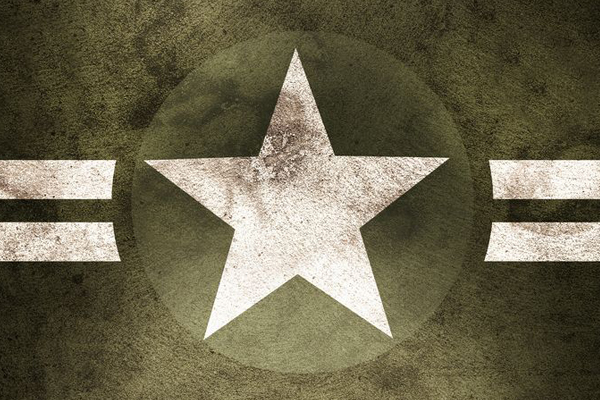To qualify for a VA loan, the borrower must either be a veteran or the surviving spouse of a veteran (who was killed in the line of duty or died as a result of a service connected disability).

Other VA loan requirements include:
- The borrower must have served 181 days during peacetime (Active Duty)
- The borrower must have served 90 days during war time (Active Duty)
- The borrower must have served 6 years in the Reserves or National Guard
Furthermore, the VA requires that veteran borrowers must occupy the homes that they finance within 60 days of closing. If the veteran is on active duty or otherwise unable to occupy the home, their spouse can satisfy the owner occupancy requirement. (Active duty military can request an extension of up to 12 months to satisfy the occupancy clause.)
Veterans must also be able to show that they qualify for the loan by meeting all applicable credit and income guidelines. The VA does allow second loans, in some circumstances.
If a veteran has had a VA loan in the past, they may still have “entitlement” for a specified remaining amount that they can borrow. This usually happens when a service man or woman is still on active duty and has to change locations, but they to keep the first home for their retirement.
To meet VA loan requirements, borrowers must show that they are purchasing a home that is sanitary, safe and structurally sound. The home must be evaluated by VA certified appraiser. This ensures that the home both meets the VA’s Minimum Property Requirements MPRs) and the fair market value of the loan amount.
The VA appraisal is mandatory- borrowers cannot opt out. Although the he VA loan requirements do include some exemptions and variations, the seller often has to complete certain repairs to bring the home up to the VA’s Minimum Property Requirements.
Basic Minimum Property Requirements include:
- The property must be up to code and meet all HUD guidelines
- Manufactured homes must meet foundation and other requirements
- Meet the local standards of acceptable permanent housing
- The property must be a single, readily marketable real estate entity
- Each living unit must have adequate living, cooking, sleeping and dining accommodations.
- Be a sanitary facility with working septic or sewage
- Be safe to live in and all mechanical systems must be safe to operate
- Have adequate, reliable heating
- Have access to hot water as well as safe potable water
- The roof has to be sound and prevent the entrance of water/moisture
- Crawl spaces must be accessible and properly vented
- Adequate and safe electrical systems
- Laundry facilities
- Safe access for both vehicles and pedestrians
- The property must be free of hazards which might adversely affect the health of the occupants
- Lead paint safe
- The property cannot be located within a certain distance form high pressure natural gas or liquid petroleum pipeline easement
Since 1944, the Veteran’s Administration has issued over 20 million VA home loans. VA loans can be a very attractive option in that they allow qualified veterans to purchase a home with no down payment. Additionally, a VA loan can cover up to $417,000 (more in some areas).
VA home loans also limit the amount of closing costs and don’t require monthly mortgage insurance premiums- all of which can help a veteran buy the home of their dreams.
Click here to link to Chapter 12 of the VA Pamphlet outline the Minimum Property Requirements (MPR’s).
Click here for more information on lender required repairs.
